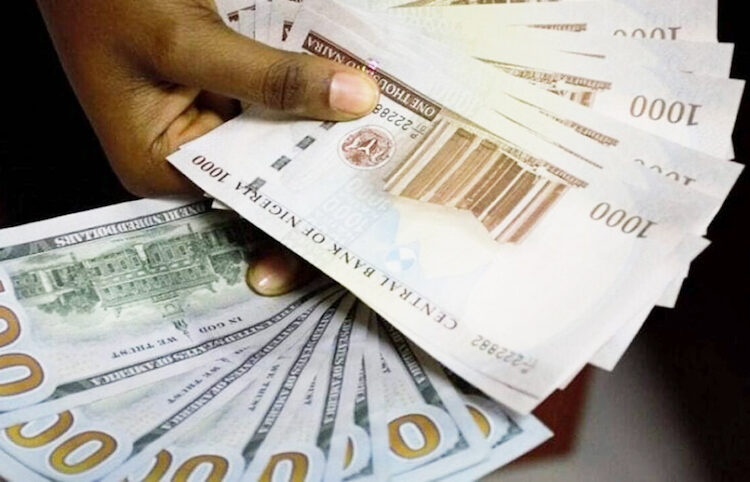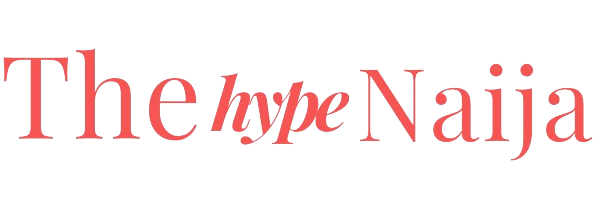Nigeria’s currency demonstrated contrasting movements across different exchange markets yesterday, with the Naira strengthening against the dollar in the parallel market while simultaneously weakening in official trading channels. The parallel market saw the Naira gain ground, trading at N1,655 per dollar, an improvement from N1,665 recorded over the weekend.
However, this positive trend was not mirrored in the official Nigerian Foreign Exchange Market (NFEM), where the currency experienced a decline. According to data released by the Central Bank of Nigeria (CBN), the official exchange rate deteriorated to N1,550 per dollar, marking a N5.5 depreciation from the previous Friday’s rate of N1,544.5.
The divergent performance in these two crucial markets highlights the ongoing volatility and complexity of Nigeria’s foreign exchange landscape. The parallel market’s improvement suggests some positive sentiment in unofficial trading channels, while the official market’s decline points to persistent challenges in the formal sector.
This mixed performance comes amid continuing efforts by monetary authorities to stabilize the nation’s currency markets and reduce the gap between official and parallel market rates. The current situation reflects the intricate dynamics of Nigeria’s foreign exchange system, where multiple rates and markets continue to operate simultaneously.
The marginal appreciation in the parallel market could indicate increasing confidence among informal traders, though the sustainability of this trend remains uncertain. Meanwhile, the slight depreciation in the official market suggests ongoing pressure on Nigeria’s foreign exchange reserves and formal trading mechanisms.
These currency movements have significant implications for businesses and consumers alike, as they influence import costs, inflation rates, and overall economic stability. The continued existence of multiple exchange rates also impacts economic planning and investment decisions across various sectors of the Nigerian economy.
Market observers are closely monitoring these developments as they may signal broader trends in Nigeria’s monetary policy and economic management. The divergent movements between official and parallel markets continue to present challenges for policymakers working to achieve exchange rate stability and market convergence.
The current exchange rate dynamics underscore the complex nature of Nigeria’s foreign exchange market and the ongoing challenges in achieving a stable, unified exchange rate system. As these markets continue to evolve, both local and international stakeholders remain attentive to potential policy responses and their implications for the broader economy.



